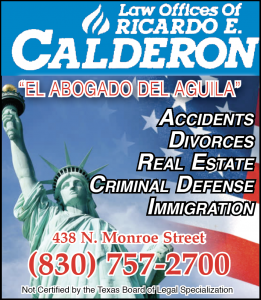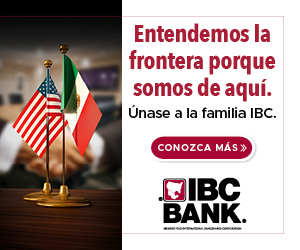Report: Low-Income Taxpayers Pay Most in Connecticut
NEW HAVEN, Conn. – When it comes to paying taxes, being poor in Connecticut is very expensive – at least, that’s the finding of a new report.
The report, by the Institute on Taxation and Economic Policy and Connecticut Voices for Children, found the state’s lowest-income earners pay 41 percent more of their income in taxes than wealthier residents. According to Jamie Mills, director of fiscal policy and economic inclusion at Children’s Voices of Connecticut, taken as a whole the tax system in the Nutmeg State is upside down – because, as in many other states, the tax on personal income is only part of total tax revenue.
“It’s not just looking at a single tax,” says Mills. “Our income tax is progressive, but it does not offset in any way the regressiveness of the property tax or excise taxes in our state.”
The report ranks Connecticut as having the 29th most regressive tax structure in the country, and among Northeastern states, it is second only to New Hampshire.
Mills points out that the lowest-income 20 percent of Connecticut residents also pay a much larger percentage of their income in sales taxes than folks in any other income bracket.
“There’s an enormous discrepancy of 6.8 percent paid as a share of income for the lowest 20 percent of our earners, and .8 percent at the top 1 percent,” says Mills.
Unlike many states, Mills adds, Connecticut has no “circuit breakers” for low-income, non-elderly residents that take into account a person’s ability to pay property taxes based on their income.
“It’s a problem that I think needs to be addressed directly, and I think it’s causing the state to have difficulty in raising the revenues it needs to provide services,” says Mills.
She thinks the state needs to enact new tax policies that decrease the regressive nature of the current system and more accurately reflect how people interact with the modern economy.





